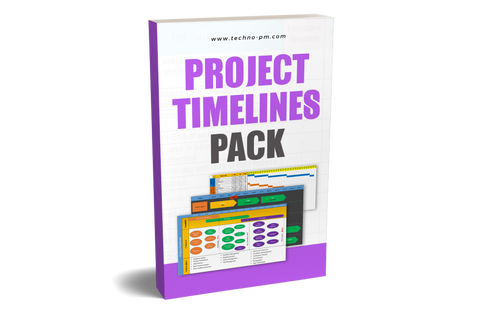Project Execution: A Four-Step Project Management Strategy
Project Execution is a project management strategy that incorporates continuous processes and activities to monitor, control, and communicate progress on projects.

The Four Steps In Project Execution are:
1. Planning (understanding the scope)
2. Designing (developing action plans)
3. Executing (monitoring actions through communication)
4. Controlling (ensuring effectiveness).
Planning (understanding the scope):
It is essential to understand the scope of a project before you begin work. The planning stage will determine how much time and effort needs to be spent on any given task, providing a realistic idea about how long it will take to complete the project. If you don't plan, then there's always a chance your deadlines won't be met because the amount of time needed for each step was underestimated or overestimated.
Designing (developing action plans):
Project execution is a complex and multifaceted activity that requires the coordination of many different resources. Therefore, designing in project execution, or developing action plans for success, is essential to ensure that all involved parties take all necessary actions.
Executing (monitoring actions through communication):
Executing is the act of monitoring actions through communication. This is done to keep track of what is happening and how it's going so that you can adjust as needed. The execution phase in a project plan has two main parts: control and communications. Management involves making sure that all tasks are executed on time, while touches include any updates or changes made to the project plan during execution.
Controlling (ensuring effectiveness):
Control is the process of ensuring that a system's output meets the needs and expectations of its stakeholders. To measure effectiveness, you need three things: quantitative data about performance measurements, qualitative data about stakeholder satisfaction with outcomes achieved (or dissatisfaction), and information on contextual factors affecting success or failure.
What Happens During The Execution Phase?
The goal is to clearly understand the process and responsibilities involved in delivering projects on time, within budget, with high-quality results. These include the sequence of activities included during the execution phase.
1. Define your timeline
2. Create an outline of tasks and responsibilities
3. Get buy-in from stakeholders
4. Update stakeholders regularly
5. Always review progress against the timeline at critical points in time
6. Report progress to the team
7. Keep everyone informed about challenges
8. Adjust accordingly when things don't go as planned. Know that adjustments will be needed and plan for them now.
6 Steps to Ace the Project Execution Phase

1. Define the project scope:
The project scope is an essential component of project execution. Defining the scope helps ensure that you are working within a designated area. If not, it could lead to costly overages and delays in delivery time.
Projects Typically Have Three Types of Scopes:
Project Definition: This includes the type of project and its goal or objectives; who will be involved; how it will be executed; what resources will be needed; any constraints on timelines or budget, etc.
Work breakdown structure: A work breakdown structure outlines the activities that need to be completed for a project. It helps you perform tasks in the right order to stay on track and finish your project on time. Setting up a WBS starts by listing all the significant components of the project as top-level items, then breaking them down into smaller
Schedule: This includes all schedule milestones as well as dependencies.
2. Create an estimate:
The first step to create an estimate in project execution is to determine a range of hours for the task. This will help you understand how much time it will take to complete the task. Once you have selected the number of hours, multiply that by your hourly rate. Finally, add any related expenses and overhead costs from this calculation.
3. Identify risks associated with each task:
Identifying risks associated with tasks is an important part of every project. It's necessary to evaluate the probability and impact of potential problems that may arise to plan for them accordingly.
4. Map out dependencies:
The process is a key part of the design and development phase. It helps identify all the tasks that need to be completed for a project to go live, and it also identifies any potential issues or risks.
5. Determine resource requirements:
The first step in project execution is determining resource requirements, including staff members with different skill sets or even external vendors to help you complete the project. Once you know what resources will be needed for your project, you can start working on the next steps.
6. Develop an agenda:
An agenda is a list of items to be discussed or dealt with. It helps keep things on track and provides the structure for the project execution process. An agenda should include details about deadlines, responsibilities, action items, and dependencies.
7 Challenges You're Likely to Face in Project Execution
Here are some common difficulties that people face while executing their projects:
1. Lack of clarity on goals and objectives
2. The need for constant communication with stakeholders
3. The inability to complete tasks because they lack a good understanding of the task or how it fits into the big picture
4. Working with someone who is unproductive, inefficient, or both
5. Inability to make progress because there is no clear plan or roadmap for your project.
6. Difficulties in meeting deadlines and being able to deliver on time
7. Redundant work - doing something twice because you weren't clear on the task or deadline in the first place.
The benefits of a well-executed project
1. Stronger relationships between stakeholders
2. Higher levels of commitment from staff members because they know their input was valued during the process.
3. After execution when you see how satisfied your customers are.




